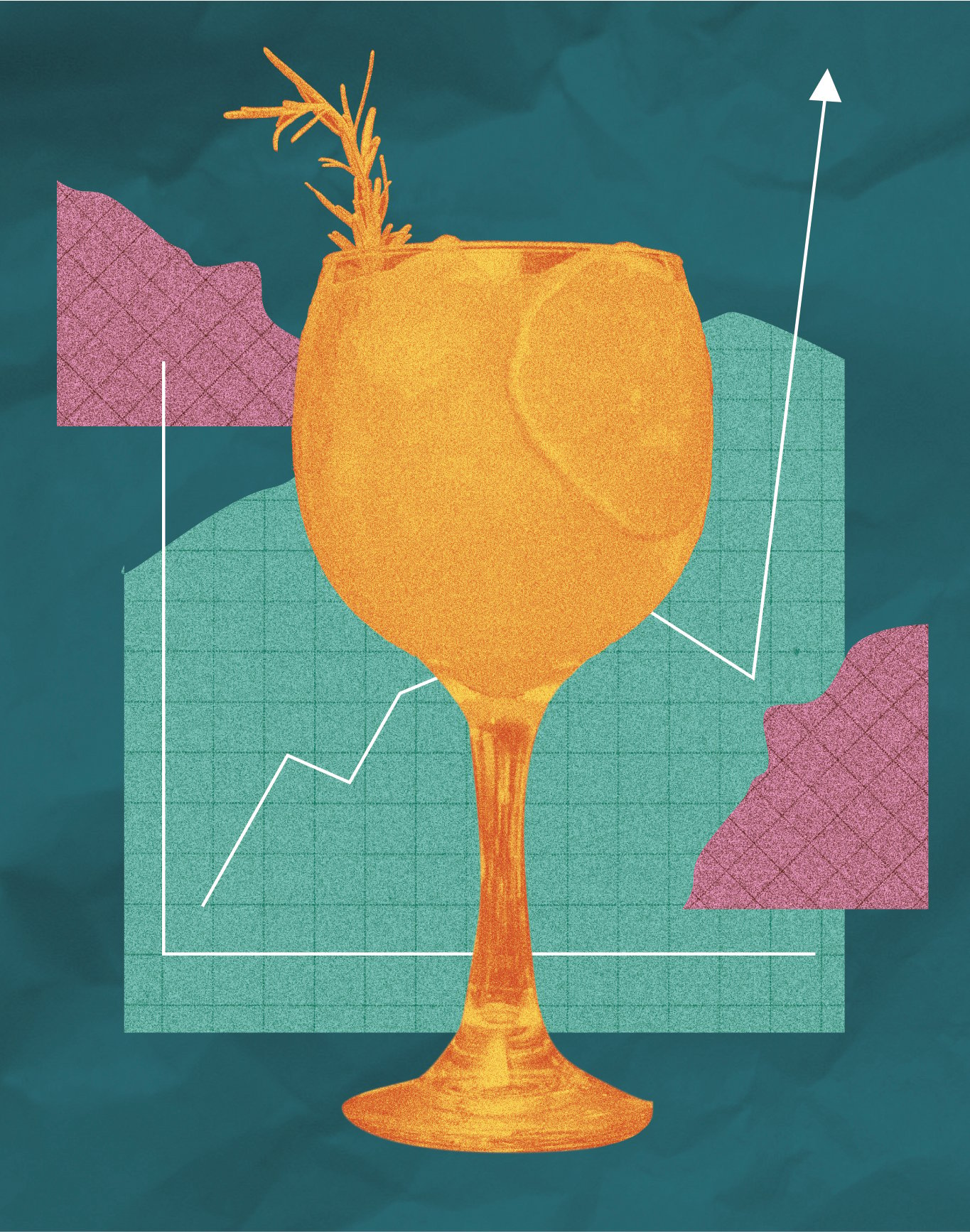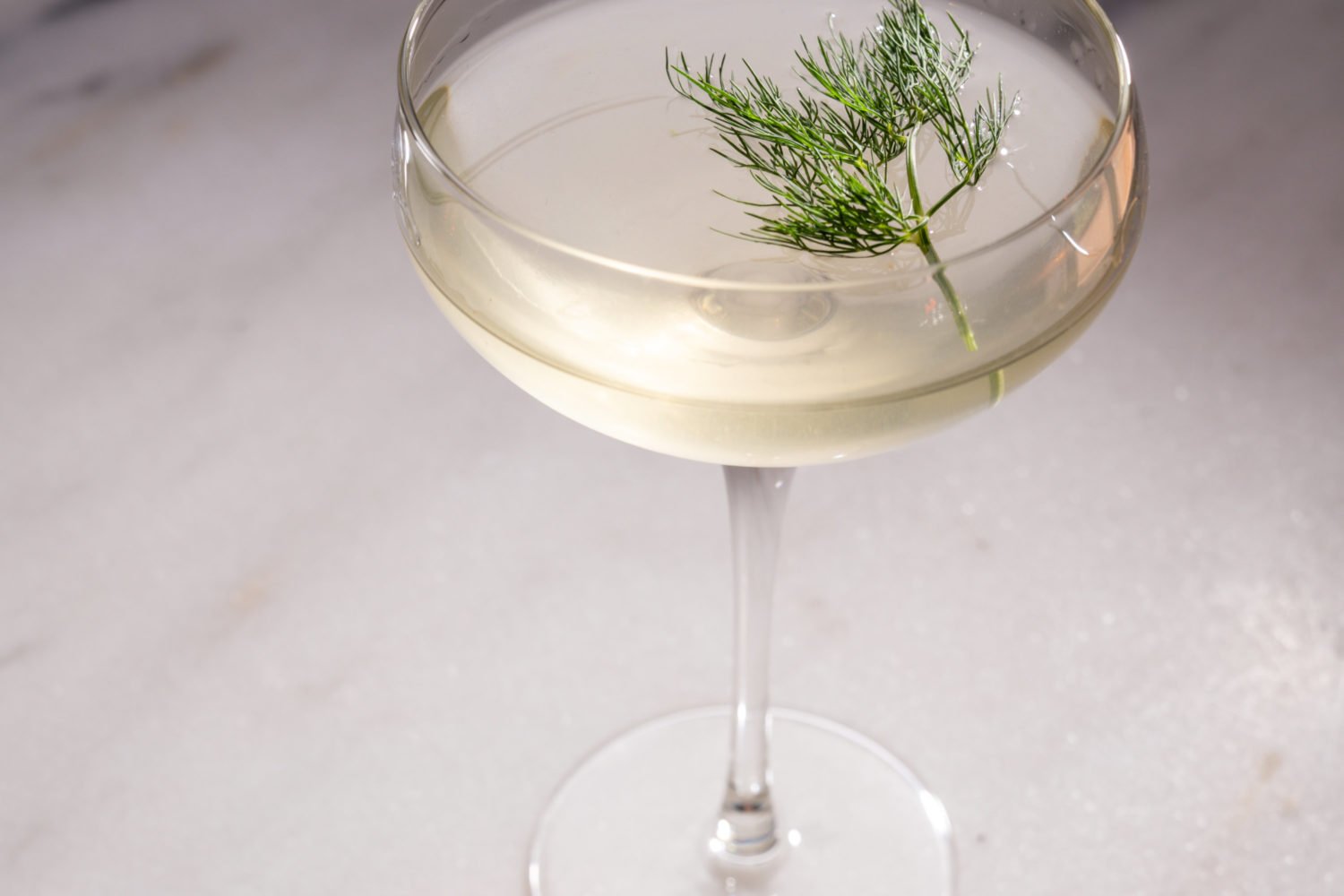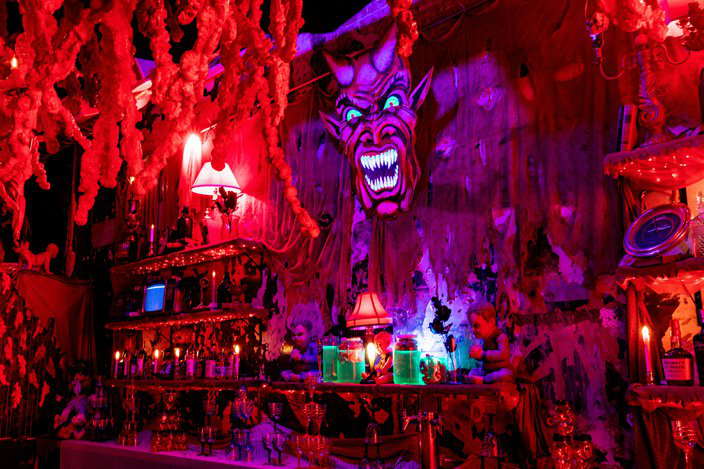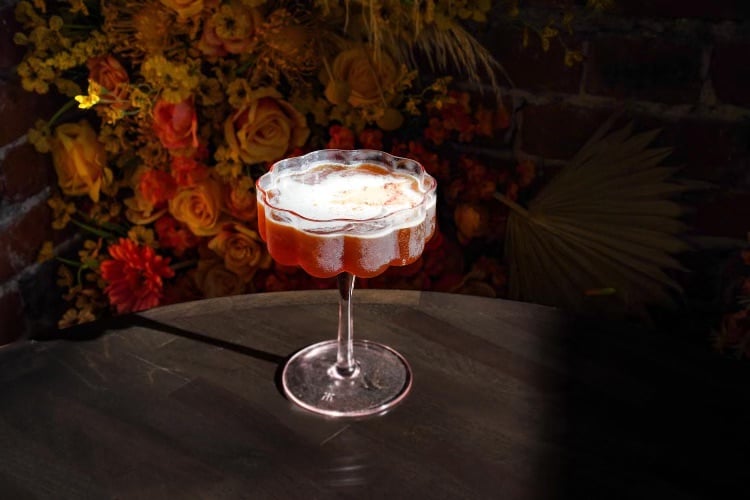Remember when a $14 cocktail seemed wildly expensive? Well, now that’s an average price—if not on the cheap end—at many of the city’s more upscale bars and restaurants. These days, the cost of a drink is inching closer and closer to $20. At some luxury hotels, it can hover around $30. Why?
Surprise, surprise: Everything has gotten more expensive—from rent to labor to ingredients, thanks to supply-chain issues and inflation. All of those factors affect menu pricing.
Neighborhood Restaurant Group spirits director Nick Farrell found that most liquor bottles had spiked in price by about 25 percent when he started doing inventory for the reopening of Vermilion, the Old Town restaurant that was coming out of a two-year pandemic hiatus. While chefs can keep prices relatively steady by shrinking portions, that’s not so easy with cocktails. (The “snaquiri” trend never really caught on.) Reducing the amount of booze—or even leaving it out entirely—doesn’t necessarily mean a drink will be less expensive. Farrell features many low-alcohol cocktails at Show of Hands, his newest bar, in Capitol Hill. Still, they lean heavily on labor-intensive housemade ingredients or aperitifs and liqueurs that often cost more than gins and whiskeys.
AJ Johnson, managing partner and beverage director for Latin cocktail bar Serenata, says some ingredients like mint used to be cheap enough that she didn’t need to factor them into the cost of a cocktail. Not so now that the herb has risen to around $18 a pound. Meanwhile, she says a case of Coco Lopez cream of coconut has jumped from $55 a case to $99.
Bars can make up for charging lower prices with higher volume. But Johnson says there just aren’t as many people going out since the pandemic. So she had to give them a reason to come to her Union Market District bar, upping the work and creativity that go into her cocktails. What used to be a fairly standard spicy margarita is now infused with several different peppers, tropical fruits, and cactus. “It’s going to cost more, but it’s going to be way better.”
Just because a cocktail costs big bucks doesn’t mean the bar is making big bucks. Johnson’s most expensive recent offering—with bone marrow, mezcal, and purple-corn whiskey—cost $25. “I make no money on this cocktail, but I don’t feel like it’s fair to price it over $25,” she says. “My margarita is going to get me through winter.”
Duane Sylvestre, now a rep for the Campari Group, used to serve some of DC’s priciest drinks as lead bartender for Bourbon Steak at Georgetown’s Four Seasons. He’s seen firsthand how customers’ expectations push up prices, too. That’s especially true in luxury hotels, some of the most expensive places you can possibly drink.
Consider the lobby bar at DC’s new Waldorf Astoria, where a basic Negroni costs $28. Or the “luxe microbar” in downtown DC’s Hamilton hotel, which charges $30 for a standard old fashioned. Corporate clients expensing their bill won’t think twice, Sylvestre notes. For another set, a shockingly priced martini represents the same kind of wealth-signaling as a Lexus or a pair of Louboutins. Ultimately, bars will charge what the market will bear.
“Prices get justified when people will pay what you charge,” Sylvestre says. “As overall quality improved in DC, people began charging more for what they were putting forward. There was no pushback from the consumer, so we had a new baseline price.”















